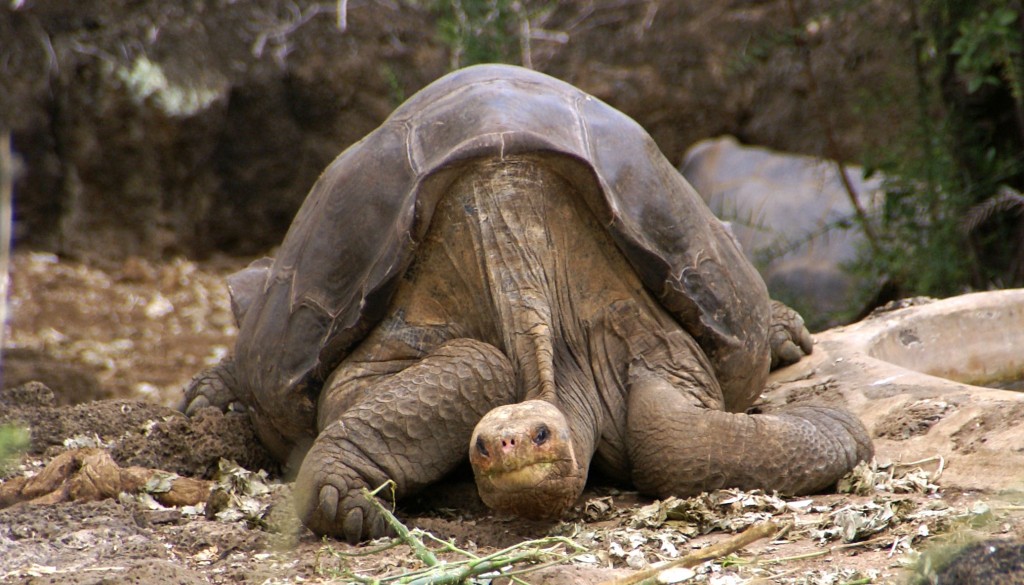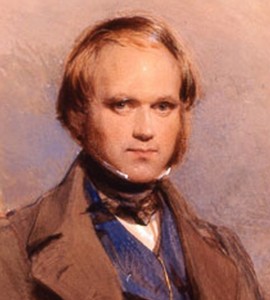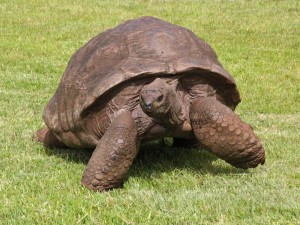
 The recent death of the Galapagos Islands’ iconic tortoise, Lonesome George, sent me scrambling for my copy of The Voyage of the HMS Beagle. Sure enough, Charles Darwin, who made the Galapagos famous, had also stopped at St Helena Island. He arrived there on July 8, 1836, five and half years into his six-year trip around the world and fifteen years after Napoleon’s death.
The recent death of the Galapagos Islands’ iconic tortoise, Lonesome George, sent me scrambling for my copy of The Voyage of the HMS Beagle. Sure enough, Charles Darwin, who made the Galapagos famous, had also stopped at St Helena Island. He arrived there on July 8, 1836, five and half years into his six-year trip around the world and fifteen years after Napoleon’s death.
In his memoir, Darwin writes that the “island rises abruptly like a huge black castle from the ocean.” He “obtained lodgings within a stone’s throw of Napoleon’s tomb . . . [where] the weather was cold and boisterous, with constant showers of rain . . . In [his] walks, [he] passed more than once over the grassy plain, bounded by deep valleys, on which Longwood stands. Viewed from a short distance, it appears like a respectable gentleman’s county-seat . . . On the whole the view was rather bleak and uninteresting. The only inconvenience . . . was from the impetuous winds.”
Darwin also describes how the introduction of goats, pigs, and non-native vegetation had ravaged St Helena’s own flora and fauna. On the other hand, the fame Darwin brought to the Galapagos, coupled with Ecuador’s recent careful stewardship, has preserved much of its unique ecosystem. I can attest to its wonders—in May 2000, I spent ten fabulous days there.
 St Helena boasts its own tortoise, Jonathan. At least 179 years old, he may be the oldest living creature on earth. Jonathan, however, is an immigrant to St Helena, while Lonesome George was the last of a unique subspecies that evolved on the Galapagos island of Pinta. I’m lucky to have seen both of these famous tortoises in person.
St Helena boasts its own tortoise, Jonathan. At least 179 years old, he may be the oldest living creature on earth. Jonathan, however, is an immigrant to St Helena, while Lonesome George was the last of a unique subspecies that evolved on the Galapagos island of Pinta. I’m lucky to have seen both of these famous tortoises in person.
